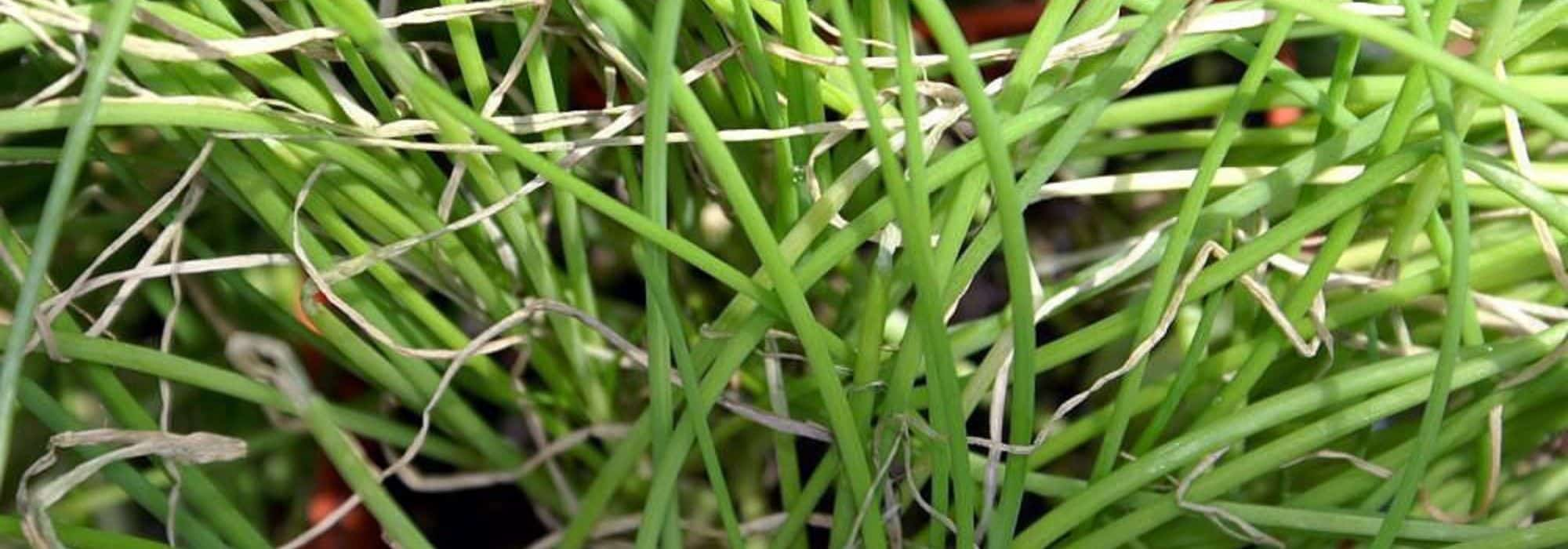
Spring Onion: Sowing, Growing and Harvesting
Contents
Spring onion in a nutshell
- Welsh onion (Allium fistulosum) is a perennial, herbaceous, and culinary plant from the Allium family, milder in taste than onion or shallot.
- Welsh onion produces clumps of cylindrical, fleshy, and hollow stems.
- It should not be confused with chives (Allium schoenoprasum), which have a more subtle fragrance.
- It produces lovely tight umbel inflorescences in cream-white to mauve in June and July.
- Welsh onion flavours many dishes, such as omelettes, fish, sauces, or salads.
A word from our expert
The spring onion, also known as scallion or green onion in the south of France, is an aromatic and culinary plant, a relative of onion, garlic, shallot, and chives, all members of the Allium family.
Very easy to grow, the spring onion is a perennial plant that disappears in winter in the coldest regions, only to re-emerge in spring. However, its foliage is evergreen in areas with a mild climate, allowing for continued harvesting. It produces clumps of long, hollow leaves that are harvested to flavour many dishes. The spring onion adapts perfectly to pot cultivation.
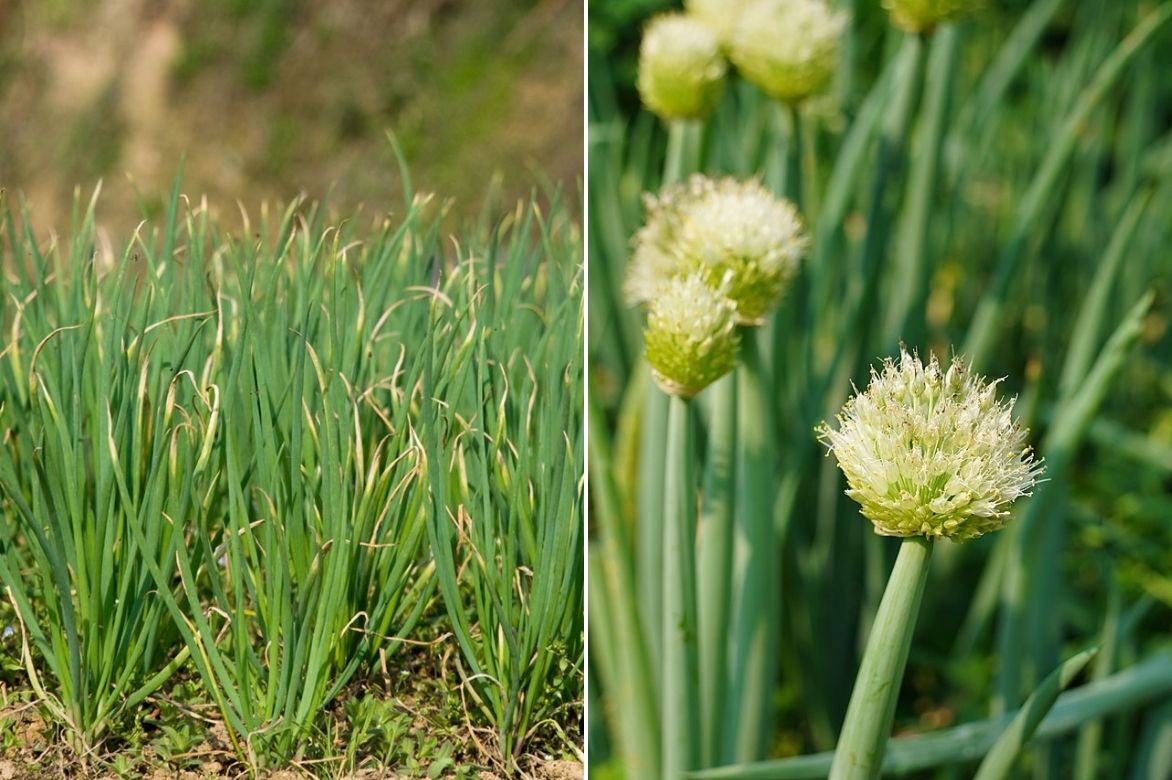
Stems (©Wuyongheng) and flowers (©Rick888chen) of spring onion
The roots of the spring onion are more swollen parts than true bulbs.
This herbaceous plant prefers cool, loose soil and sunny to partially shaded situations. It is harvested 3 to 5 months after sowing as needed.
The spring onion should not be confused with chives (Allium schoenoprasum), which differs slightly in flavour and leaf shape. There is also Chinese spring onion (Allium tuberosum) and Saint-Jacques spring onion (Allium lusitanum).
Description and Botany
Botanical data
- Latin name Allium fistulosum
- Family Amaryllidaceae
- Common name Welsh onion, spring onion, winter onion, Spanish onion, chive
- Flowering between June and July
- Height 30 to 50 cm
- Exposure sun and partial shade
- Soil type ordinary, well-drained and loose
- Hardiness down to -20 °C
Welsh onion is a herbaceous plant from the Amaryllidaceae family (e.g., Liliaceae) with the type genus being Allium. This family includes a large number of species such as onion (Allium cepa), leek (Allium porrum), as well as cultivated garlic (Allium sativum), chives (Allium schoenoprasum), or even a wild species, wild garlic (Allium ursinum).
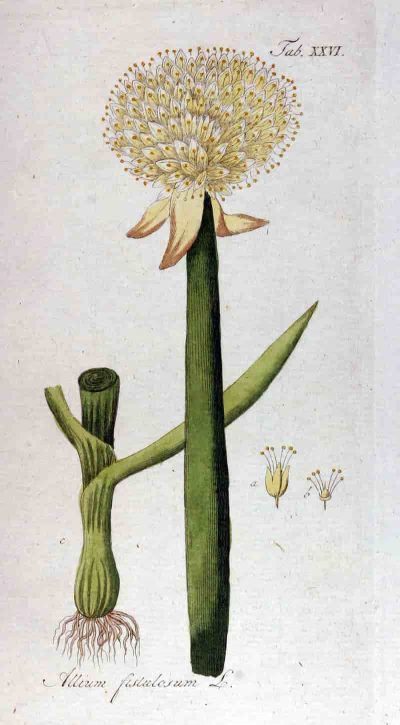
Botanical illustration
The term Welsh onion (like chives) comes from the Provençal cebola, which itself is derived from the Latin cepulla, a diminutive of cepa, onion.
Welsh onion is likely native to Siberia, particularly in Kyrgyzstan, ranging from the Altai Mountains to Lake Baikal, thus it has predispositions to withstand severe cold and hot summers. It has been cultivated for a very long time in China, as its name appears in the Book of Odes, the earliest texts. It held a significant place in Chinese gardens over 5000 years ago; the Sumerians also cultivated it, as did the Egyptians, who revered it as a symbol of the Universe. In antiquity, Greek athletes consumed it in juice form to prepare for the Olympic Games, and the Romans praised its benefits for eyesight. It is also mentioned in the Capitulary of Villis, dated from the late 8th to early 9th century, in which Charlemagne recommends plants to cultivate in his kingdoms.
Welsh onion should not be confused with chives, and chives cannot be considered a small Welsh onion. They are two different species. Chives, with the Latin name Allium schoenoprasum (from skoinos, a type of rush, and prason, leek), grow spontaneously in low and medium mountains in Europe, Asia, and America. Chives are a perennial plant that self-seeds. In contrast, Welsh onion will persist for 2 or 3 years before exhausting itself. In regions with a mild climate, its foliage is evergreen, but in areas with harsher winters, the foliage disappears to re-emerge in spring.
Welsh onion is a herbaceous plant whose habit resembles that of onion. It forms clumps that reach 30 to 50 cm in height with a spread of 25 to 30 cm. Its foliage is aromatic, dark green to bluish. The numerous stems are thick, hollow, and swollen in the middle. The leaves are persistent, cylindrical, and closed around themselves, giving the impression that they are tubular. With this appearance, Welsh onion fully deserves the name fistulose. Depending on the varieties, the leaves of Welsh onion can take on a red hue.
Unlike onion, Welsh onion does not really form a bulb. It consists of elongated or oblong parts, slightly asymmetrical, white or pink in colour, made up of thickened and swollen stems at the base.
From June to July, Welsh onion develops flowering stems that end in dense multiflorous umbels, well-rounded and very tight. The pedicel is longer than the flower, and the style is elongated. The flowers have prominent stamens with simple filaments. Flowering occurs only in the second year after sowing.
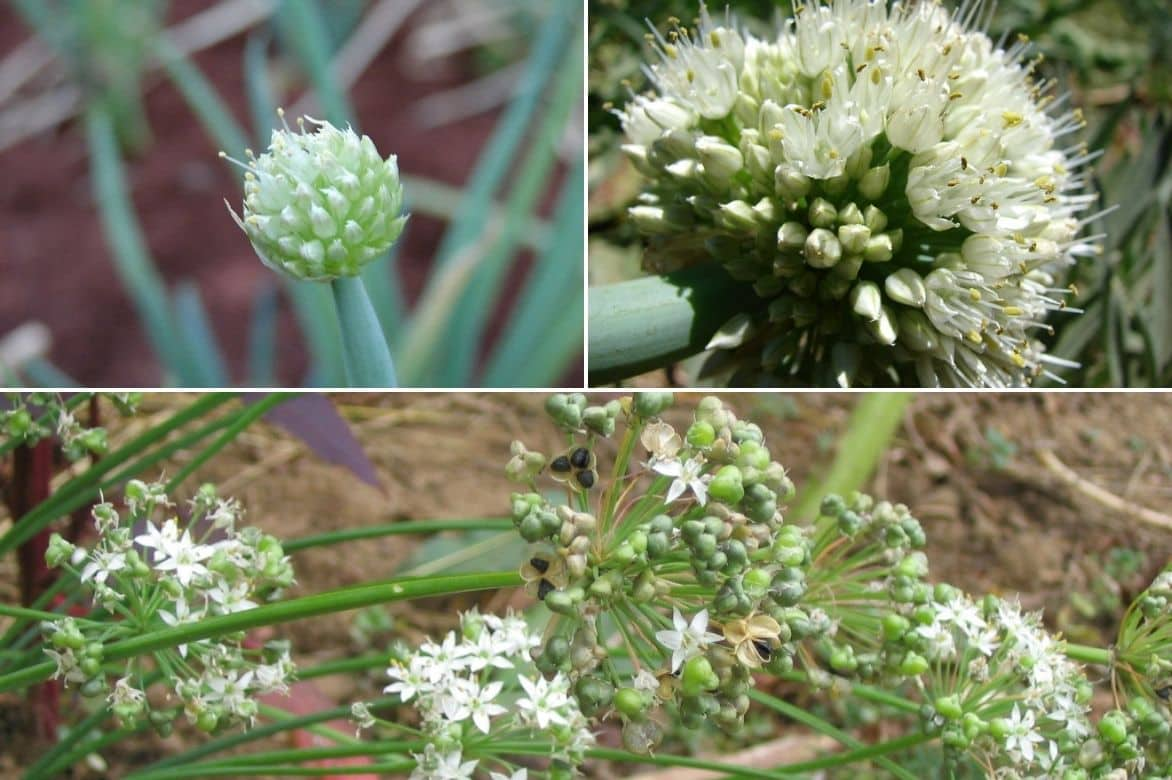
Flowers of Welsh onion at different stages of blooming
Welsh onion is cultivated for its leaves, which have a flavour quite similar to onion and shallot, but more subtle and delicate. It is persistent in the mouth and stronger than that of chives. The pseudo-bulbs and inflorescences can also be consumed.
Read also
Chives: planting, sowing, dividingThe different varieties of spring onion
The type species of chive (Allium fistulosum) is available in several varieties with different characteristics. For instance, the common red chive produces an amber-red swelling and green foliage. It is slightly hardier than the type species. The ‘Early White’ chive is early but disappears in winter, while ‘White Nebuko’ develops very long stems, just like ‘Ishikura’, which is perennial and very hardy, producing boles of 50 cm. ‘Long White Tokyo’ produces a single stem like a leek, and ‘Nira’ has very wide and fine leaves.
In our gardens, we can grow other chives: the Chinese chive (Allium tuberosum), also known as garlic chive or chive garlic, is recognised by its flat, full leaves with a garlic flavour. Similarly, the St. Jacques chive (Allium lusitanum), or perpetual shallot, produces bulbs of a violet-red colour. Its clumps of leaves, measuring 30 to 35 cm, do not disappear in winter, and it does not produce flowers or seeds.
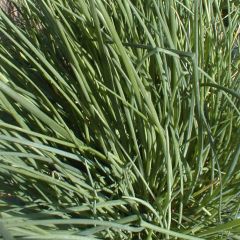
Organic Chive - Allium fistulosum
- Height at maturity 40 cm
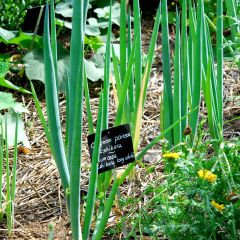
Scallion Ishikura Long White
- Height at maturity 40 cm
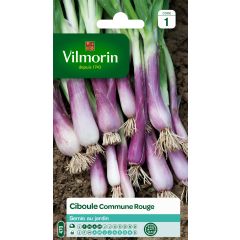
Red Scallion - Vilmorin Seeds
- Height at maturity 40 cm
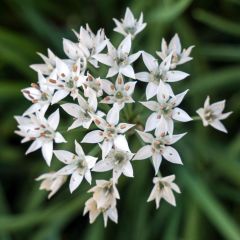
Chinese Chives plants - Allium tuberosum
- Flowering time August
- Height at maturity 70 cm
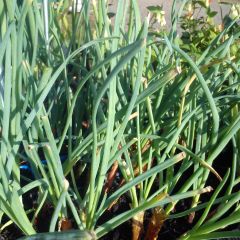
St Jacques Chives - Allium fistulosum
- Height at maturity 40 cm
Discover other Spring onion seeds
View all →Available in 1 sizes
Available in 1 sizes
Available in 1 sizes
Available in 1 sizes
Available in 1 sizes
Available in 1 sizes
Available in 1 sizes
Available in 1 sizes
Available in 1 sizes
Planting spring onion
Where to plant?
Welsh onion thrives in ordinary, cool, and loose soils. It prefers moderately rich soils, which means that it does not like recent organic fertilisation. Therefore, compost should be added in the previous autumn to well-loosened soil.
Welsh onion grows just as well in full sun as in partial shade.
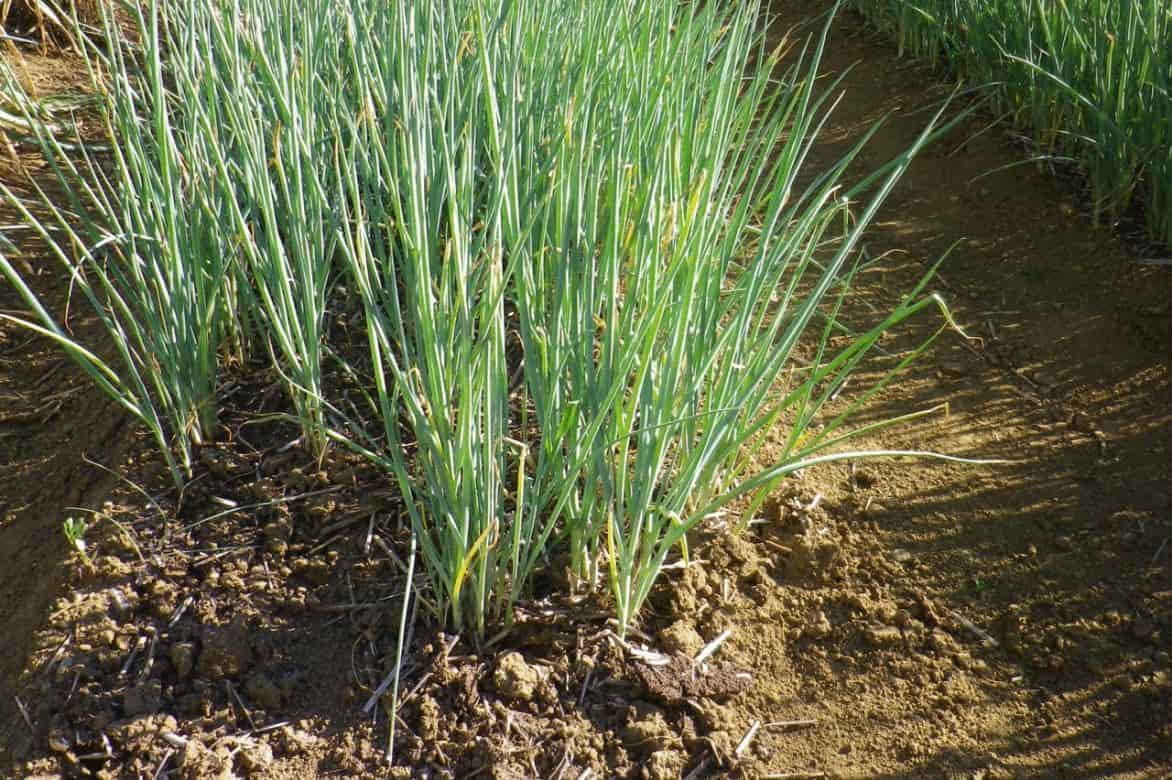 Welsh onion likes cool, loose soils that are not too rich in organic matter
Welsh onion likes cool, loose soils that are not too rich in organic matter
When to plant?
Sowing is done directly in the ground from early March to the end of April. You can also sow in pots and transplant the young plants a month and a half later.
Welsh onion plants sold in pots can be planted in April or May, or in autumn.
How to sow?
Sow sparsely in rows spaced 20 cm apart in well-weeded and aerated soil. Bury the seeds lightly and firm down with a rake. When the seedlings have 5 to 6 leaves, thin them out to leave only one plant every 20 cm to 30 cm. Proceed in the same way if you are planting Welsh onion in pots.
Welsh onion grows very well in pots on a balcony in fresh, well-prepared substrate. It particularly enjoys the light shade of larger plants.
Read also
How to grow chives in a pot?Caring for spring onions
The cultivation of spring onion is quite similar to that of onion and shallot. Watering should only be done in the month following planting; after that, it is unnecessary. If spring onion is grown in a pot, wait for the substrate to dry before watering. However, mulching helps to keep the soil cool and limits the proliferation of weeds. Indeed, spring onion is sensitive to competition from adventive plants, which is why it is necessary to regularly hoe the spring onion beds.
To obtain a more productive plant, you can mound the base of the spring onions. Add some well-rotted compost to the soil in autumn.
At the resumption of growth in spring, remove the dry leaves and stems from your spring onion plants.
A spring onion plant will produce young leaves for 3 to 4 years. After that, it becomes exhausted, and it is time to divide.
Flowering stems should be cut as soon as they appear to encourage the production of new, more tender stems, unless you want to allow a plant to go to seed…
Spring onion plants are not cut back in winter.
The propagation of spring onions
The multiplication of young plants is done by sowing. But to obtain new young plants or because yours are tired and producing less, you can also divide them.
How to do it?
- In April, dig up your clump of young plants with a fork
- Cut the clump in half with a hand spade or a dibber. You can also take the “bulbs” one by one or in small bunches
- Replant the clumps in two different locations
- Water generously to settle the soil
The enemies of spring onion
Close cousin of onion, spring onion will be susceptible to the same enemies, namely onion fly, leaf miner, and onion moth. In the event of a confirmed attack, it is essential to destroy the infested plants.
However, it is advisable to prevent these invasions, firstly by using insect netting, and secondly by planting carrots nearby. This is a mutually beneficial exchange, as carrot repels onion fly while spring onion repels carrot fly.
How to pair spring onions?
Spring onion has its place in the vegetable garden, where you can plant it near carrots to deter carrot and onion flies. It can also be planted within a herb bed, for example with chives, which have purple flowering.
However, keep spring onion away from legumes such as peas, beans, and lentils, as they do not get along well.
As it often has evergreen foliage and attractive flowers, spring onion can easily be integrated into a border or flowerbed alongside dianthus, sage (Salvia nemorosa ‘Caradonna’), German iris, nepeta, astrantia, and echinacea (rudbeckia)…
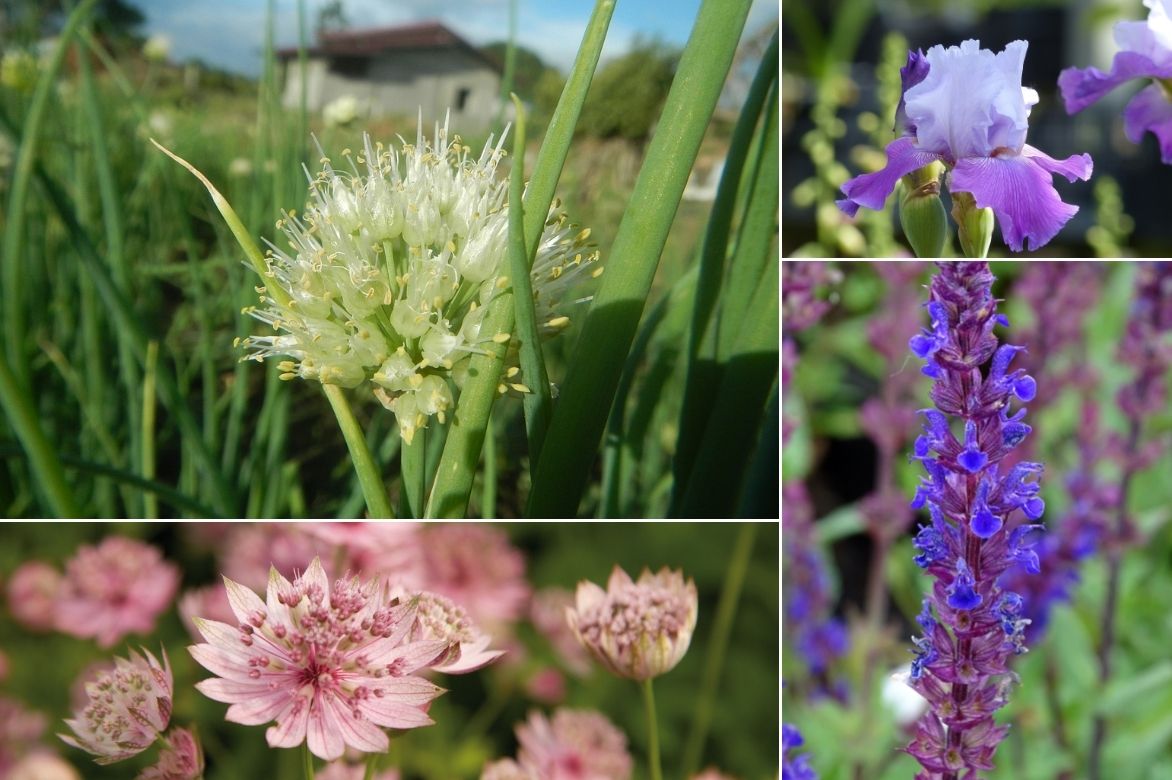
Spring onion (©JF Velasquez Floro), Iris germanica Carl and Sissy, Astrantia Buckland, and Salvia nemorosa Caradonna
Harvesting and Storing Spring Onions
Three to five months after sowing, and one month after planting, the first shoots of spring onion can be harvested by simply cutting them with scissors. Each harvest should be spaced at least a month apart to allow new shoots to grow.
Harvesting takes place from April to November. In regions with mild winters, it can continue uninterrupted. Beyond four to five large harvests per year, the spring onion becomes exhausted. Shoots can be taken as needed, in small quantities.
Spring onion shoots can be stored for two to three days in the vegetable drawer of the refrigerator, wrapped in a damp cloth or absorbent paper. Spring onion freezes easily after being washed, carefully dried, and roughly chopped.
Spring onion, from the garden to the plate
The leaves, as well as the pseudo-bulb and flower of the spring onion, can be enjoyed raw or lightly cooked, in salads, sauces, or to enhance meats and fish. Simply chop or finely slice it before adding it to an omelette, a quiche, stir-fried vegetables, or a soup where it will elevate the flavours.
Chinese spring onion is widely used in Asian cuisine, in stir-fried noodles, Peking duck, miso soup, as an accompaniment to tempura, and on yakitori skewers.
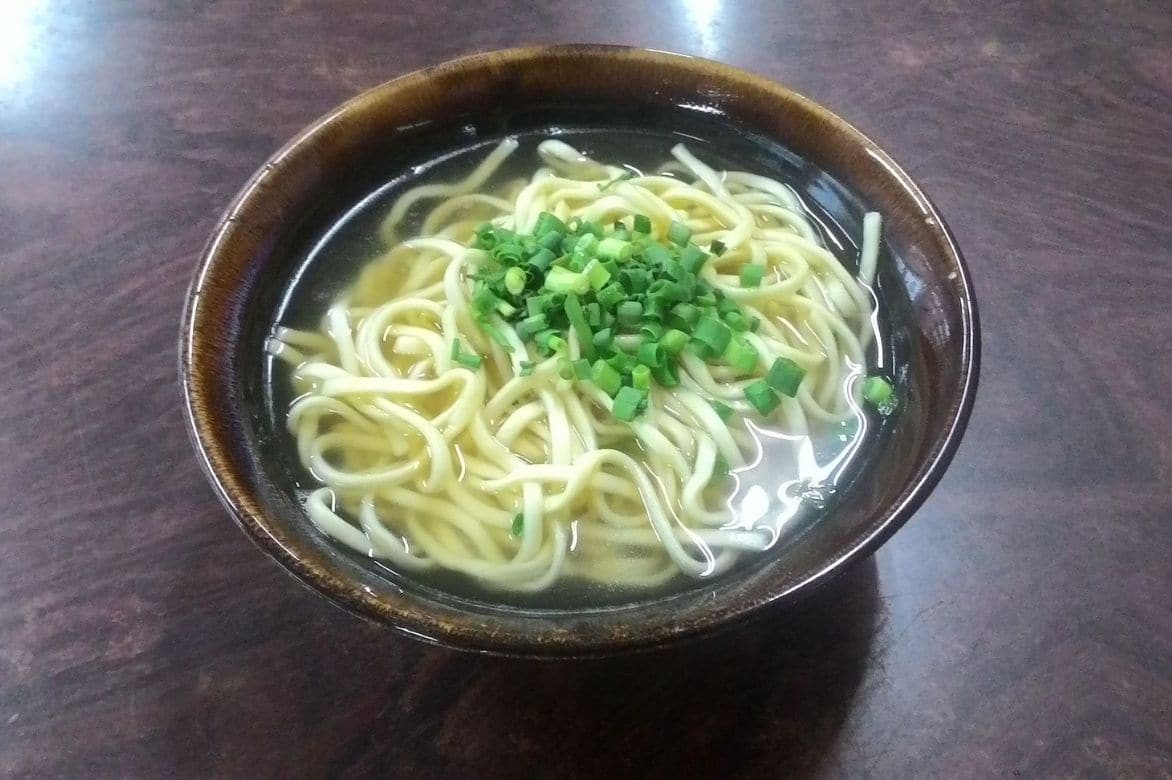
Spring onion is widely used in Asian cuisine
It is also found in Antillean and Creole cuisine. Spring onion is included, for example, in the composition of accras or most sauces.
- Subscribe!
- Contents































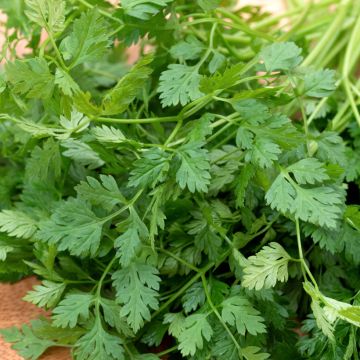

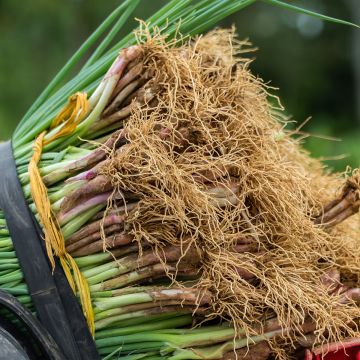

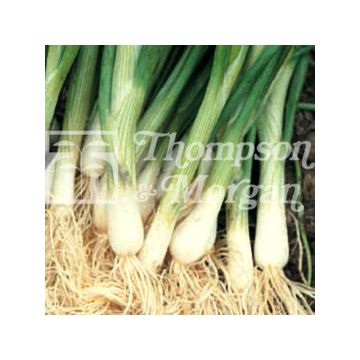

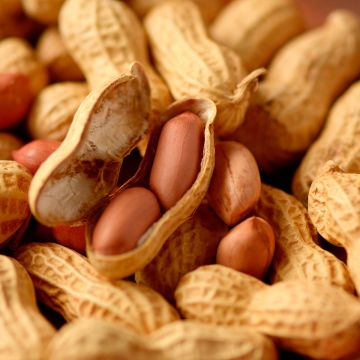
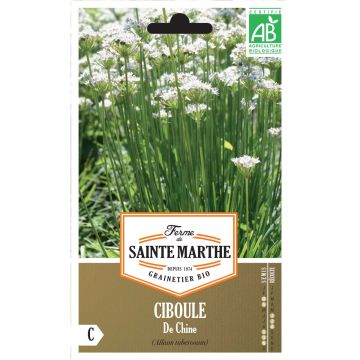
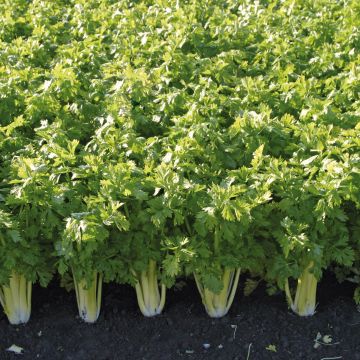
Comments